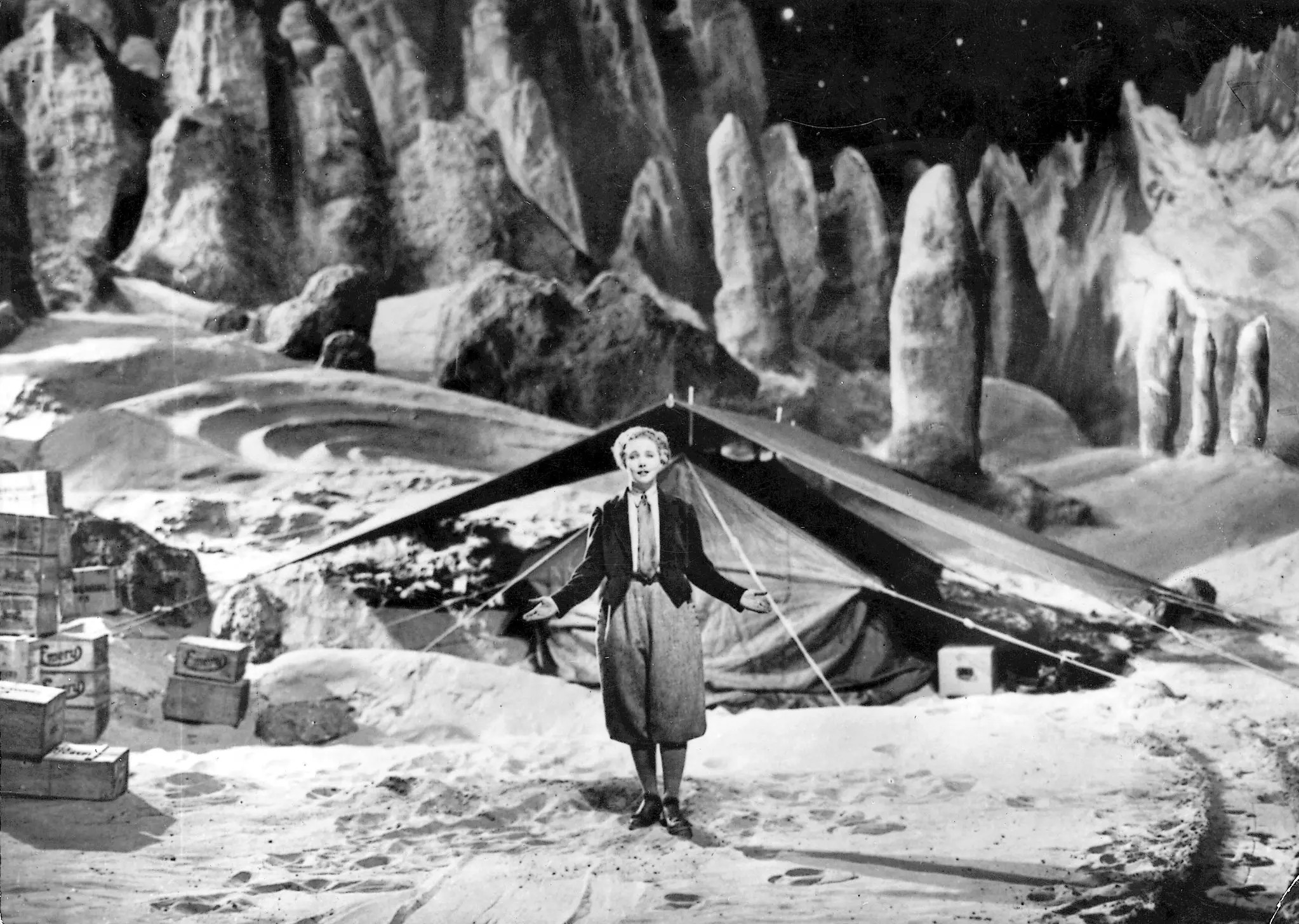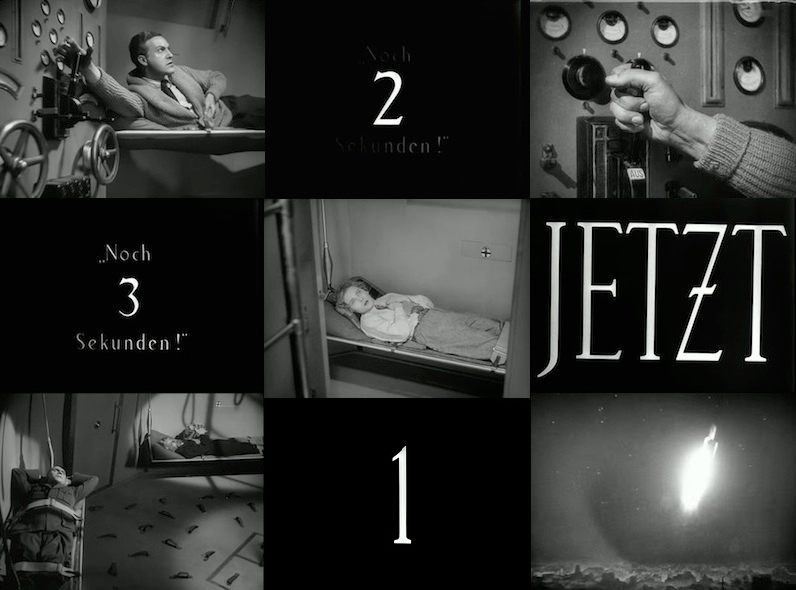Liftoff! The Origin of the Countdown [Hackaday]

What’s the most thrilling part of rocketry? Well, the liftoff, naturally. But what about the sweet anticipation in those tense moments leading up to liftoff? In other words, the countdown. Where did it come from?
Far from being simply a dramatic device, the countdown clock serves a definite purpose — it lets the technicians and the astronauts synchronize their actions during the launch sequence. But where did the countdown — those famed ten seconds of here we go! that seem to mark the point of no return — come from? Doesn’t it all seem a little theatrical for scientists?
It may surprise you to learn that neither technicians nor astronauts conceived of the countdown. In their book, “Lunar Landings and Rocket Fever: Rediscovering Woman in the Moon”, media scholars Tom Gunning and Katharina Loew reveal that a little-known Fritz Lang movie called Woman In the Moon both “predicted the future of rocketry” and “played an effective role in its early development”.
Rocket Fever

After Metropolis, which was a box office flop in its time, Fritz Lang needed to make a hit, or his production company was going to let him go. To compound the problem, Lang was still making silent films when talkies were taking off.
Lang turned to the German escapist novels of the 1920s, which were highly focused on the idea of rocketry and space travel. One bestseller was a popularized version of a Transylvanian school teacher’s dissertation, which argued that space travel was scientifically within reach.
For his next film, Lang turned to a a spaceflight novel written by his then-wife Thea von Harbou, who had researched the subject quite thoroughly. Lang took the making of this film seriously, wanting everything to be grounded in what was actually possible given the limitations of science at the time.
To that end, he hired Hermann Oberth, the teacher who arguably kicked off rocket fever, as his scientific guide. Obstacle by obstacle, Lang and Oberth discussed the particulars of space travel — building a rocket, oxygen issues, and dealing with zero gravity — and came up with a scientifically-grounded way of presenting each on film.
Life Imitates Art

While making the movie, Lang and his advisors laid the foundation for several spaceflight specifics that came to fruition in real life. Just like in the movie, the astronauts are strapped down to keep from floating, and the rocket has several stages that get jettisoned one after the other. And then, of course, there’s the countdown.
Since this was a silent film, there could be no revving engine noises to build excitement, so Lang used intertitles — those cards you see with text on them in silent films.
As the astronauts lie waiting, the screen cuts to a card — ’10 seconds remaining!’ The man at the switch readies himself. More cards come up, the numbers getting larger and larger. ‘5, 4, 3, 2, 1, Now!’
Or Did Fritz Lang Steal It?
Many historians credit Lang with the invention of the countdown, but Lang may have inadvertently snagged it from an 1897 science fiction story called “The Great Crellin Comet” aka “The World Peril of 1910” by British writer George Griffith. In the story, a group of people try to divert a comet from hitting Earth by firing a cannon at it. In Griffith’s story, the countdown ends with the word Now!, just as it does in Woman In the Moon.
No matter who thought of it first, the countdown is arguably inseparable from rockery and spaceflight. After all, it makes anything more exciting, including something that’s already really exciting in the first place.

![liftoff!-the-origin-of-the-countdown-[hackaday]](https://i0.wp.com/upmytech.com/wp-content/uploads/2023/12/159857-liftoff-the-origin-of-the-countdown-hackaday-scaled.jpg?resize=800%2C445&ssl=1)